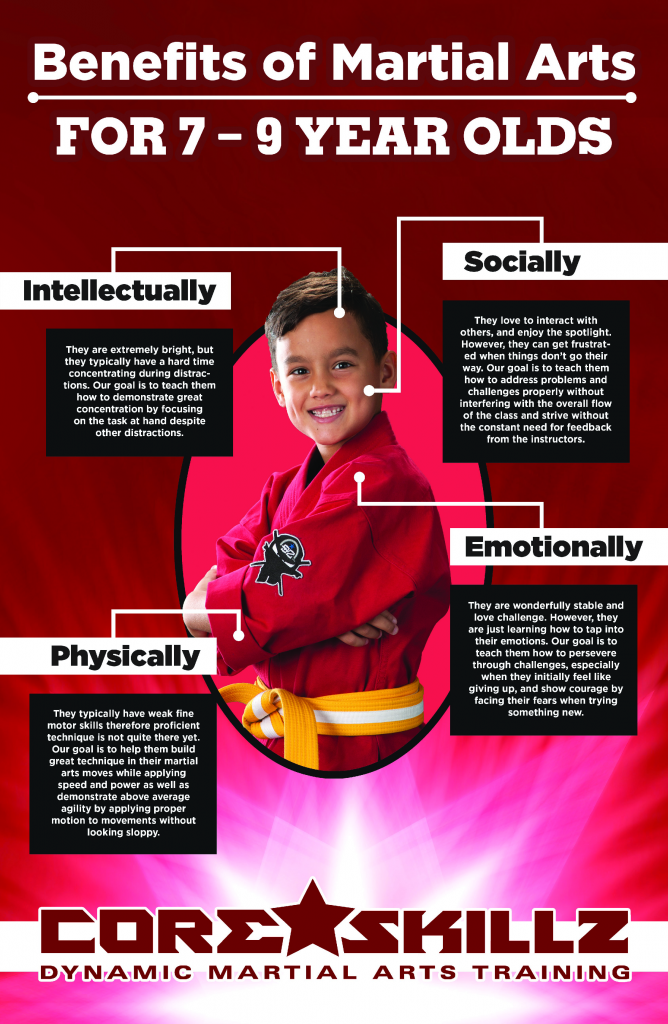The International Trip And Development Of Martial Arts Throughout History
The International Trip And Development Of Martial Arts Throughout History
Blog Article
Web Content By-Chu Odonnell
Martial arts have a remarkable background that spans centuries and continents. You may discover it appealing just how ancient practices like Shuai Jiao and Kalaripayattu prepared for modern battle techniques. These self-controls not just stress physical skills however additionally reflect the societies that birthed them. As you explore their advancement, think about just how globalization has changed these traditional types right into hybrid styles. What influences do you assume have formed today's martial arts landscape?
Ancient Martial arts: The Structures of Battle
As you look into the globe of ancient martial arts, you'll find the rich structures that shaped battle strategies across societies. kajukenbo ohana association concentrated on Self-Defense and survival, often incorporating strikes, hurting, and weapons.
In old China, for instance, techniques like Shuai Jiao stressed throws and joint locks, while India's Kalaripayattu showcased dexterity and fluid motion. Japanese samurai established Kenjutsu, a refined swordsmanship that highlighted discipline and strategy.
how often do kids neeed to take martial arts offered not just for battle but also as a means of individual growth, instilling values like respect and determination. The blending of these techniques with time prepared for the varied martial arts you see today, each reflecting the distinct ideologies and demands of its culture.
The Cultural Influence on Martial Arts Advancement
While martial arts usually reflect the useful needs of a culture, they also personify the social values and ideas of their origins. When you discover different martial arts, you'll observe exactly how they're influenced by religion, philosophy, and social norms.
For example, the emphasis on regard and discipline in Japanese martial arts originates from Zen Buddhism and samurai society. In contrast, Brazilian Jiu-Jitsu promotes flexibility and strategy, shaped by the demand for effectiveness in a diverse, modern setting.
You could discover that the routines, attires, and training methods mirror a neighborhood's history and identification. By understanding these cultural influences, you strengthen your gratitude of martial arts and their function fit human experiences around the world.
Modern Adaptations and the Globalization of Martial arts
Martial arts have actually changed considerably in current decades, adjusting to modern society and global influences. You'll discover that standard types have combined with contemporary strategies, creating hybrid styles like MMA. These adjustments deal with diverse target markets, making martial arts available and enticing worldwide.
With the surge of social networks and digital systems, you can locate tutorials and competitors from all edges of the world, breaking geographical obstacles. This globalization has resulted in a shared appreciation for different techniques, from Brazilian Jiu-Jitsu to Taekwondo.
As you involve with these arts, you'll recognize they're not just about battle; they advertise physical fitness, self-control, and psychological wellness.
Ultimately, modern adaptations have actually enriched the martial arts landscape, making it a vibrant and advancing practice.
Conclusion
In checking out the background and development of martial arts, you reveal a fascinating blend of techniques, societies, and viewpoints. From old techniques like Shuai Jiao and Kalaripayattu to the modern-day adaptability seen in mixed martial arts, martial arts show humanity's mission for Self-Defense and personal development. As you engage with these techniques, you not only gain abilities yet likewise a deeper recognition for the varied practices that form our world today. So, proceed you could try here and accept the art of battle!
